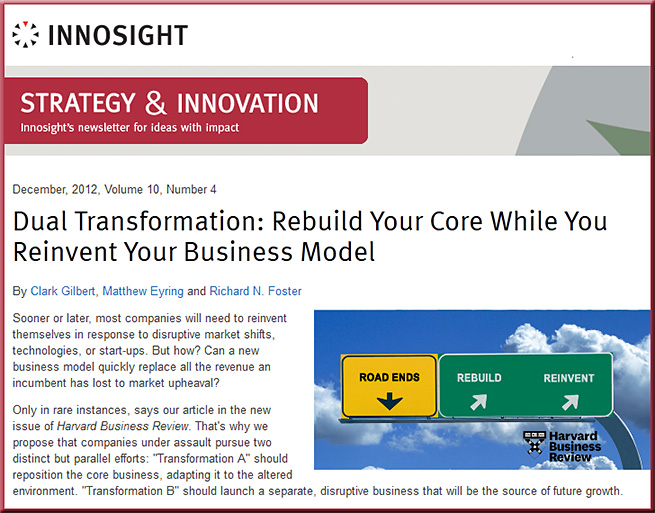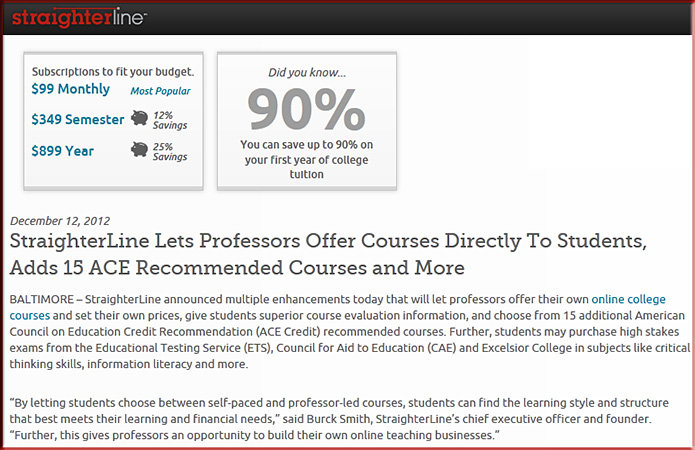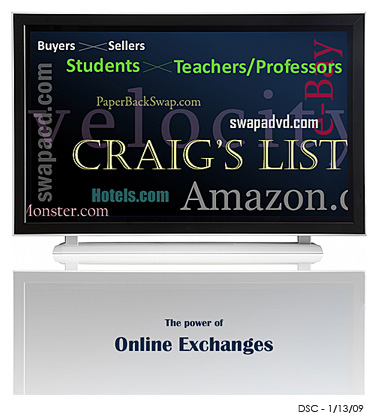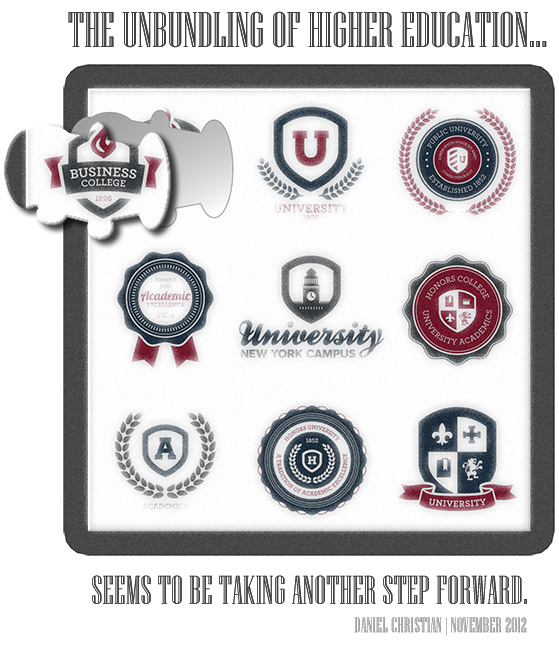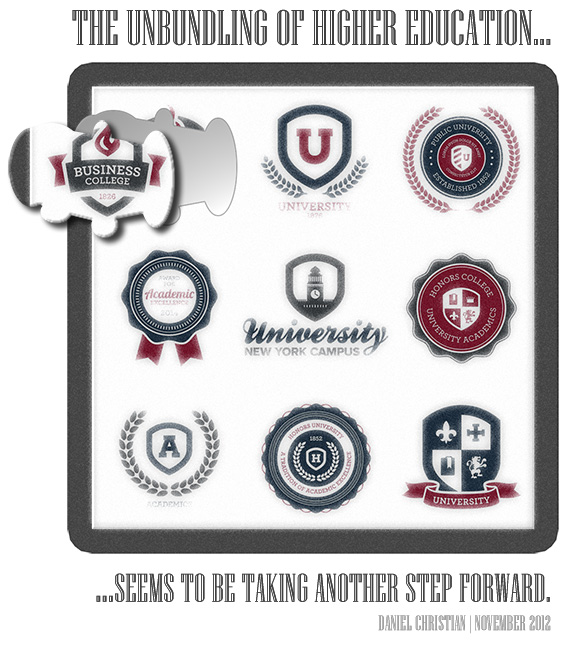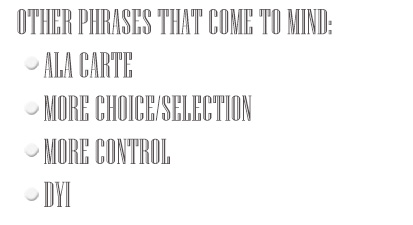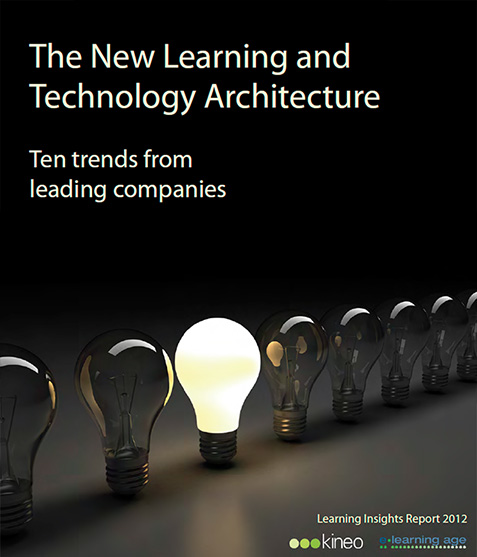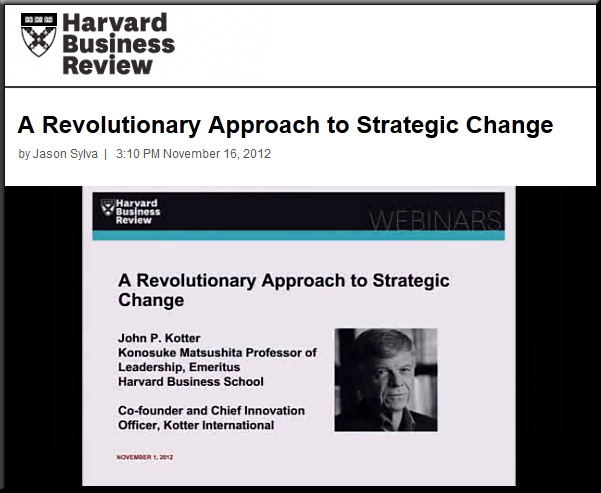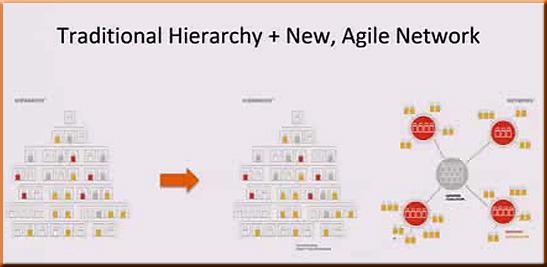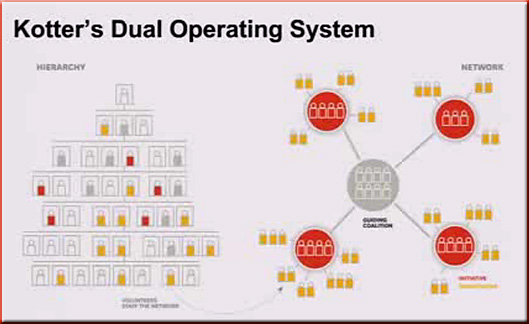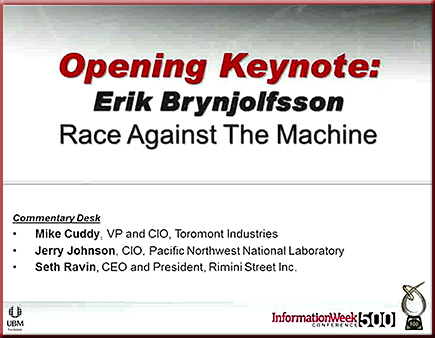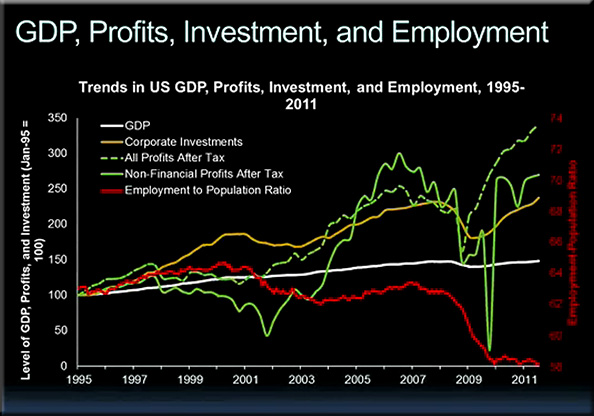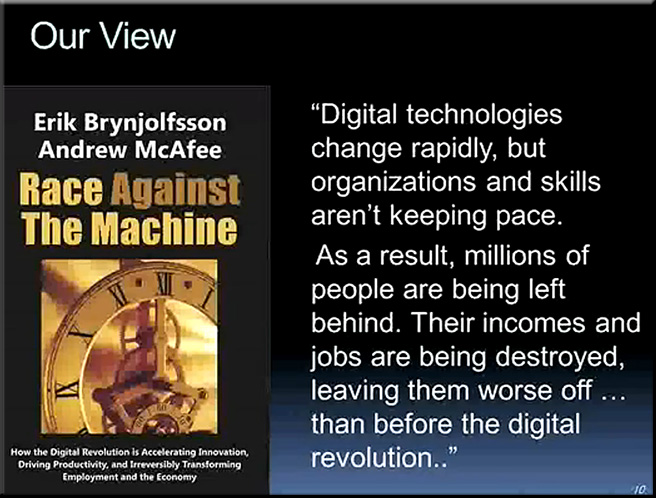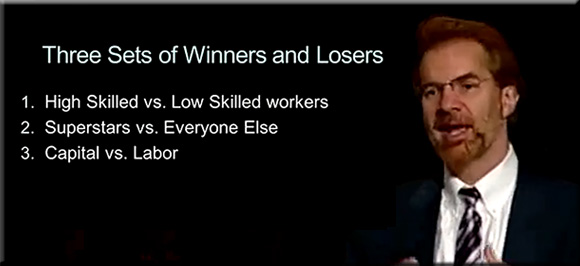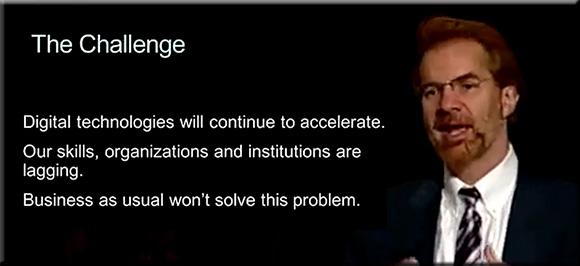Adjust your set — and your expectations — says TV of Tomorrow — from streamingmedia.com
One-day connected TV and second screen conference hits New York City, bringing a look at tomorrow’s viewing.
Smart TV hack highlights risk of ‘The Internet of Everything’ — from csoonline.com by Taylor Armerding
As the use of smart connected devices expands, so do threats because while they may not look like computers, they are
Google wants to let Chrome apps interact with your TV and other devices — from thenextweb.com
Excerpt:
.
The future of TV content delivery is the Internet — from by Adam Poltrack
It won’t be long before cable and satellite boxes go the way of the VCR.
We have seen the future of TV content delivery, and it is the Internet.
Future TV disruption – Forbes says it’s worth half a trillion dollars for Internet companies — from hackfest.tv
$500 Billion TV Market New Battlefield For Internet Companies — from forbes.com
Why Valve’s new living room PC is the new face of the console business — from digitaltrends.com by Anythony John Agnello
Also see:











